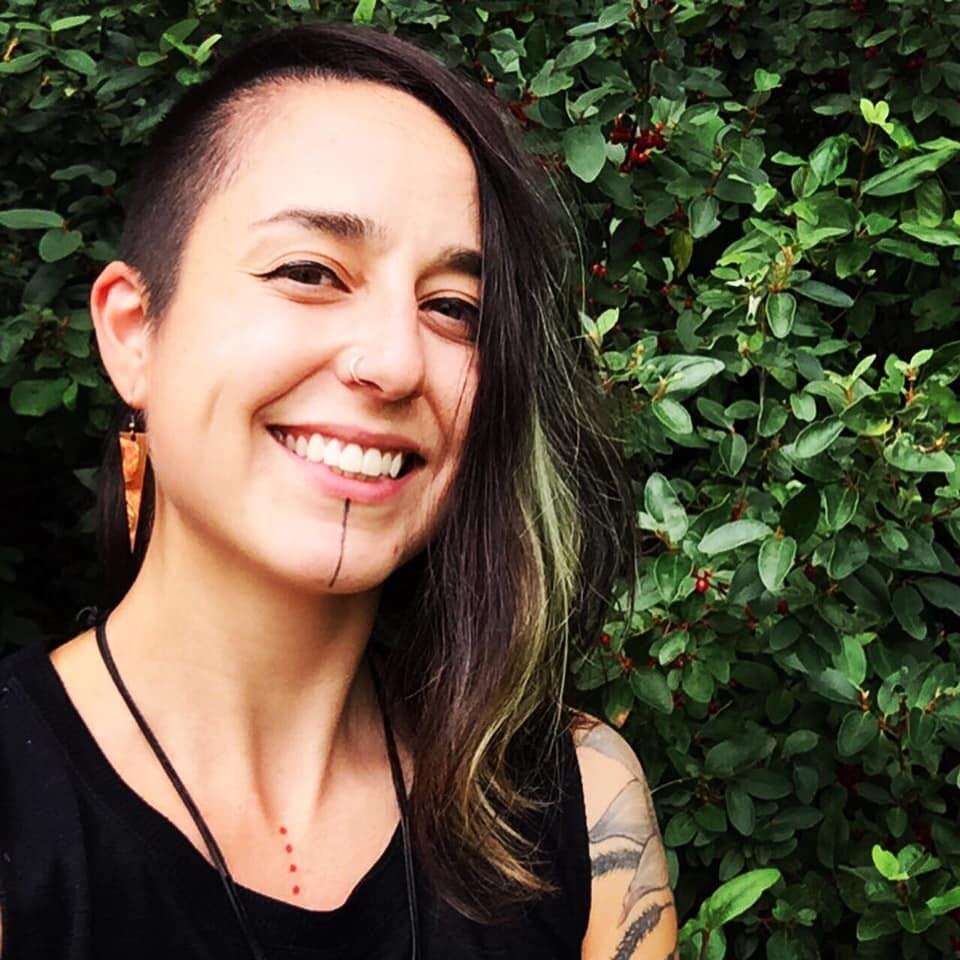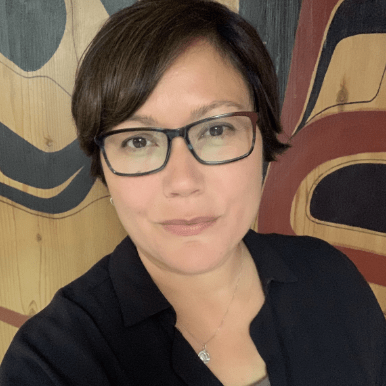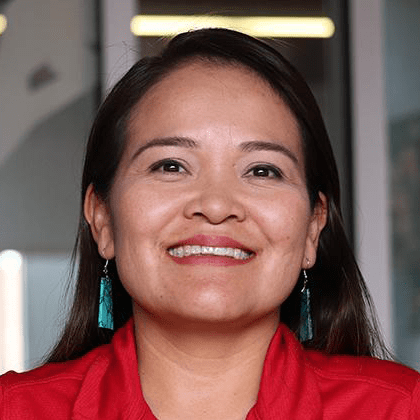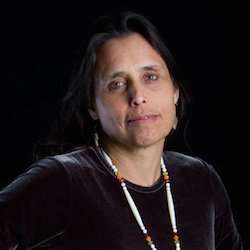Infrastructure Beyond Extractivism: Material Approaches to Restoring Indigenous Jurisdiction
The Project
Our Project
Assembling Infrastructures of Indigenous Jurisdiction
Our project proposes to enact experiments in transformative infrastructure with the aim of restoring Indigenous jurisdiction. The ground-breaking 2019 Yellowhead Institute Red Paper documents how Indigenous-led consent processes based on fulfilling responsibilities are already having the effect of restoring Indigenous jurisdiction and reclaiming Indigenous lands and waterways, foodways and lifeways. We propose to systematically document and evaluate this ongoing work to determine which strategies and approaches have the most success.
Across three clusters of projects, we ask:
- What is the relationship between infrastructure and jurisdiction?
- How can remaking the material systems that sustain collective life enact Indigenous jurisdiction?
- How can the “just transition” to sustainable economies be imagined and infrastructured to foreground Indigenous knowledges and governance systems?
What is "Jurisdiction Back"?
Our project offers an agenda for fundamentally re-making our socio-technical systems; for conceptualizing and building infrastructure otherwise. If infrastructures of extraction constitute the ‘spine’ of the settler colonial nation (LaDuke and Cowen 2020), we propose a vital new central nervous system: communities energized by a completely different conception of what ‘critical infrastructure’ entails. Infrastructure otherwise is the “essential architecture of transition to a decolonized future” (246). Instead of rebuilding infrastructure to serve an economy and settler colonial mentality that enhances the means of life for some by withdrawing them from others, we will offer conceptual visions that foster renewed relations for prosperous, caring and just collective futures.
Historically and continuing to today, it is through claims to jurisdiction, and the materialization of those claims through infrastructure, that governments have sought to replace the legal and political authority of Indigenous peoples with their own. We see ‘Jurisdiction Back’ as offering a profound transformation in legal, economic, and material relations and practice towards honouring Indigenous rights and authority, and in doing so, cultivating a more just and sustainable future for all those who live and work on this land.
Project Highlights: Workshops
Over the past year, we have engaged in a series of workshops:
Workshop 1 (September 2021)
Keywords Session on “Infrastructure,” “Jurisdiction,” and “Extractivism,” followed by a Q & A.
Presenters: Anne Spice, Deb Cowen, and Dayna Nadine Scott.
Workshop 2 (October 2021)
Community-Based Research Presentations on two pilot projects: “Evaluating the use of an experimental greenhouse and root cellar to restore jurisdiction” and “Expanding Anishinaabeg Sugar Bush Jurisdiction.”
Presenters: Kanahus Manuel and Christine Sy
Workshop 3 (December 2021)
Pilot Project Presentations: “Building a Climate and Cultural Centre at Lax an Zok, Supporting the Meziadin Indigenous Protected Area” and “Governing Lifelines: Ice Roads and Indigenous Jurisdiction.”
Presenters: Tara Marsden and Shiri Pasternak
Workshop 4 (April 2022)
“Engineering Indigenous Jurisdiction.”
Presenters: Karletta Chief and Maya Trotz
Workshop 5 (June 2022)
“Infrastructure Imaginaries: Re-making and Enacting Indigenous Jurisdiction.”
Presenters: Winona LaDuke, Jason Lewis and Michelle Daigle
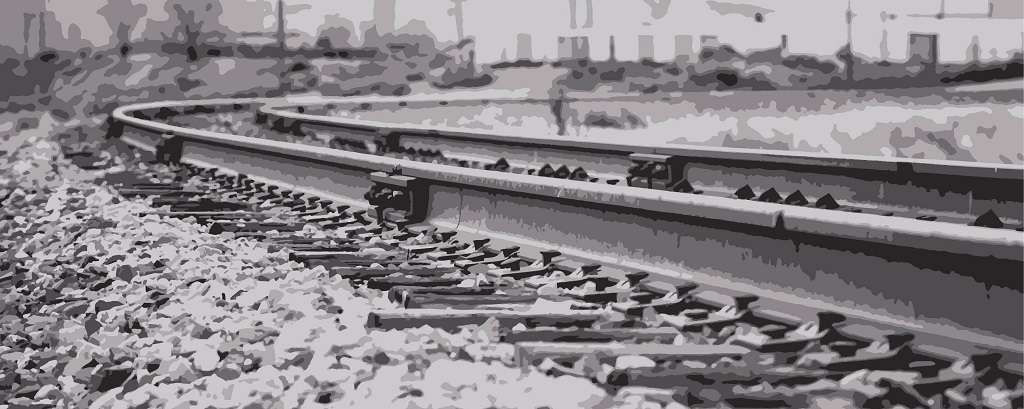
Conceptual Approach
In recent years, proposals for new infrastructures have become flashpoints of violence, tension, and competing claims of jurisdiction; we need only look to the massive contestations over oil and gas pipelines, hydro power, and mining roads. Infrastructure has long been and continues to be a means of dispossession, a “material force that implants colonial economies and socialities” (Cowen 2017). The colonial settlement of this continent was engineered through the laying of transcontinental railroads (Estes 2019, Karuka 2019) and massive hydroelectric power systems (Fleming 2017). Yet, Indigenous communities continue to endure major infrastructure deficits in areas of basic services such as drinking water and wastewater systems.
Re-Thinking "Critical Infrastructures"
Anne Spice’s re-theorization of ‘critical infrastructures’ is crucial. Spice argues that we need to move away from framing critical infrastructures as the networks that maintain the efficient operation of government and industry, to a conception that centres the interconnected networks of human and other- than-human beings that sustain life. As Spice (2018) says, “These are relations that require caretaking, which Indigenous peoples are accountable to” (42). Spice forces us to confront the question of what counts as ‘vital’ and for whom? Similarly, LaDuke and Cowen have argued (2020) that “infrastructure is not inherently colonial – it is also essential for transformation; a pipe can carry fresh water as well as toxic sludge” (245). Drawing this distinction between the kinds of “invasive infrastructures” (Spice, 2018) that governments today often accept as ‘critical’ and the kinds of life-giving and sustaining infrastructures that Indigenous communities need and seek to protect, we propose to address the systemic infrastructure challenges that continue to plague Indigenous communities in Canada, applying and testing innovative approaches to exercising jurisdiction.

Methodological Approach
Our research will systematically examine specific experimental interventions to build jurisdiction already ongoing in Indigenous communities where our team of researchers have established relationships. Our team brings together key innovators from a number of fields and territories who are already working to transform and renew the critical infrastructures of Indigenous jurisdiction. The path- breaking work of our team members – scholars and traditional knowledge holders – bridges the divide between theory and practice. Together we integrate applied expertise in systems design from engineering, planning, and architecture, and social sciences expertise in law, Indigenous studies, political science, gender studies and geography to hold an extraordinary breadth of applied and conceptual expertise that is necessary for the generation of new concepts, new material forms, and effective convergence research outputs.
In contrast to western approaches that aim to universalize and standardize knowledge, our conceptual and methodological approach honours the ways that Indigenous law and jurisdiction are rooted in place (Tuck and Mackenzie, 2014). This means that research and experimentation must start from and remain anchored in geographically distinct regional processes and systems. We have thus curated a team from diverse disciplines and fields, but also from distinct bio-regions, where demonstrated leadership in these areas has emerged. Our experimental interventions in infrastructure will be specific to the territory and to the unique legal responsibilities local Indigenous nations have to their homelands, as well as reflecting differences across local needs. From the Pacific North Coast and BC interior, to Lakota and Dine homelands in the south; from the Great Lakes bioregion to the boreal wetlands, these projects will showcase rigorous ecosystem knowledge and adaptability measures to new critical forms of infrastructure.
Our project design harnesses this interdisciplinary and inter-sectoral capacity by organizing research around three thematic clusters of conceptual and applied experimentation: Foodways, Energy & Waterways; Cables, Roads & Rail; and Law, Land-based Learning & Knowledge Exchange. The three clusters are constituted by experimental field projects that combine engineers with social scientists in partnership with Indigenous communities and organizations. The clusters will work to co-generate knowledge and applied solutions to pressing challenges that respond to the legal traditions and ecological conditions of the bio-regions in which they are located. As team members work collaboratively in multi-disciplinary and multi-sectoral teams, their different knowledge systems will be integrated and enhanced, allowing for new paradigms to emerge. This will allow team members to share methods, data and knowledges emerging out of distinct Indigenous legal and political traditions and, particular ecologies across common infrastructure systems.
Three Thematic Clusters
01.
Foodways, Energy
& Waterways
This project cluster will contribute to a revitalization of Indigenous jurisdiction by documenting and evaluating experimental field projects for rebuilding Foodways, Energy and Water Systems. Examples:
- Small farms, hoop houses, solar greenhouses
- Irrigation systems that recover nutrients from wastewater
- Solar microgrids
- Materials economy infrastructure for hemp cultivation
- Land-based skills infrastructure and workshops, such as centers for hide tanning, smokehouses, and processing areas for meat, berries, medicines, and fish
02.
Cables, Roads
& Rail
This cluster aims to study creative, locally designed, managed and controlled infrastructures that support connectivity and circulation between communities for the purposes of trade, travel and communications without presenting risks to the territories that sustain them. Examples:
- Indigenous mobility, communications and circulatory systems
- Experimental field projects, community initiatives for connectivity and connection
- Re-use and redesign of colonial infrastructures such as railway networks to support intentional re-industrialization, e.g. “solutionary rail”
- Fibre optic pipelines for the circulation of Indgeinous ideas, images, and representations
03.
Land-Based Learning
& Knowledge Exchange
This cluster will develop new initiatives for land-based learning about Indigenous laws and practices for exercising jurisdiction, produce new knowledge about legal tactics and negotiating strategies for re-gaining jurisdiction over specific lands and processes of decision-making, and foster new and reinvigorated venues for knowledge exchange. Examples:
- Indigenous law camps, land-based learning
- Community partnerships that seek to reject colonial systems of governance in favour of “re-rooting” Indigenous governance systems
- Legal and negotiating tactics for re- gaining jurisdiction over specific lands such as provincial parks
- Initiatives to foster new and reinvigorated venues for knowledge exchange
